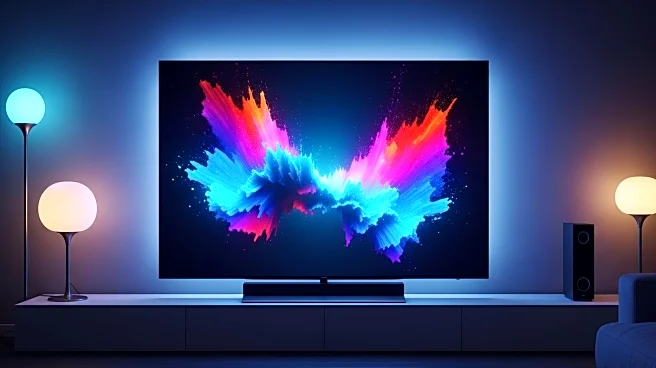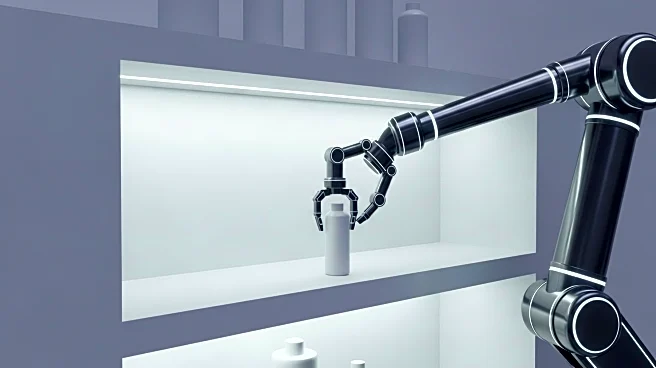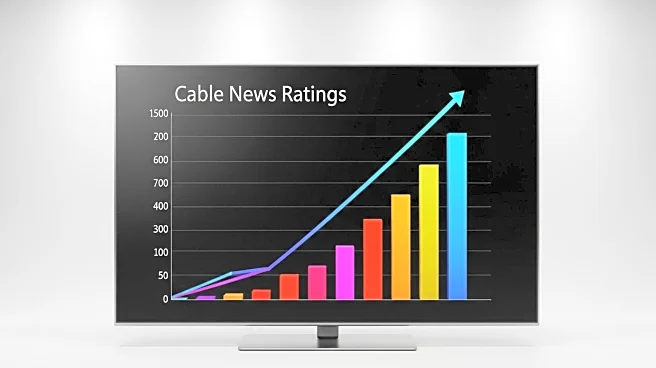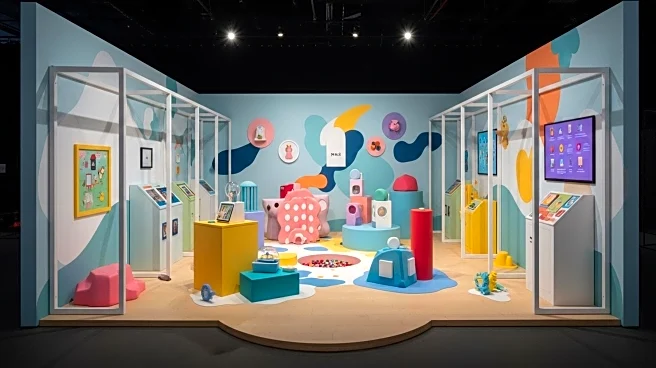What is the story about?
What's Happening?
TV+ is transforming the advertising landscape by combining the emotional storytelling power of traditional TV with the precision and efficiency of digital advertising. Industry leaders are discussing how TV+ offers advertisers the ability to connect with audiences on a deeper level while maintaining accountability and targeting capabilities. This hybrid approach allows brands to leverage the cultural impact of TV alongside the performance metrics of digital platforms, creating a more effective advertising strategy.
Why It's Important?
The integration of TV+ into advertising strategies represents a significant shift in how brands engage with consumers. By blending traditional and digital advertising strengths, TV+ offers a comprehensive approach that could redefine industry standards. Advertisers stand to gain from enhanced targeting and measurement capabilities, potentially leading to more impactful campaigns and better ROI. This evolution in advertising could influence how brands allocate resources and develop marketing strategies.
What's Next?
As TV+ continues to gain traction, advertisers may need to adapt their strategies to fully leverage its capabilities. Industry collaboration and the establishment of transparency and standards will be crucial in unlocking the full potential of TV+. Brands and agencies may explore new ways to integrate TV+ into their campaigns, potentially leading to innovative approaches in audience engagement and campaign effectiveness.
Beyond the Headlines
The rise of TV+ highlights the ongoing convergence of media platforms and the need for advertisers to adapt to changing consumer behaviors. This development underscores the importance of understanding audience preferences and leveraging technology to enhance engagement. The long-term impact on advertising could include shifts in how campaigns are planned and executed, with a focus on maximizing both emotional and performance-driven outcomes.
AI Generated Content
Do you find this article useful?













